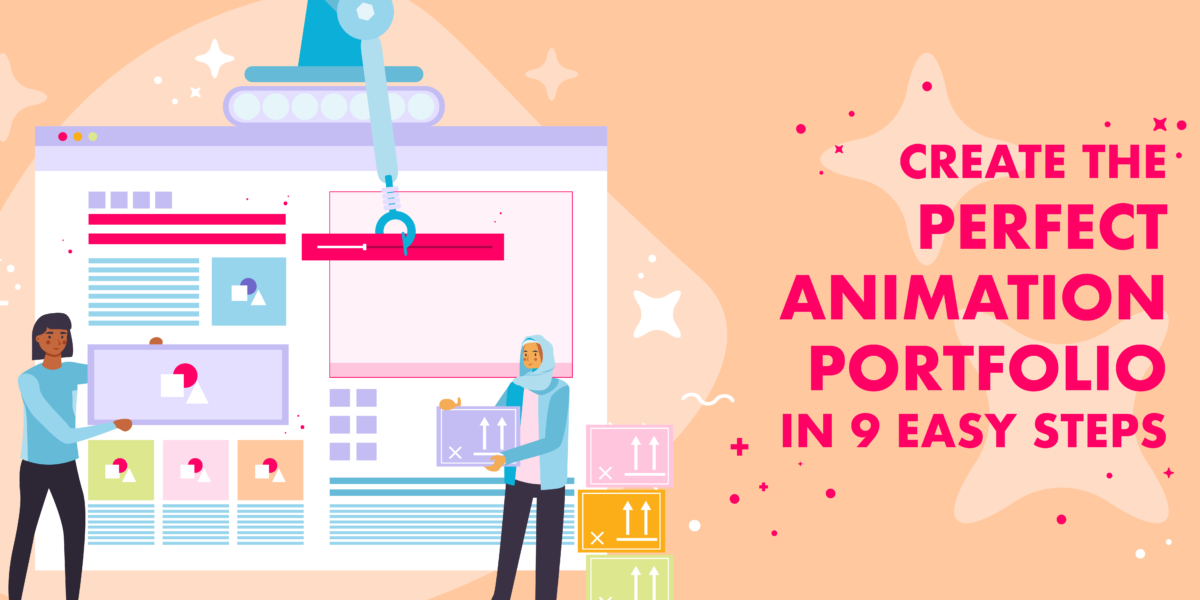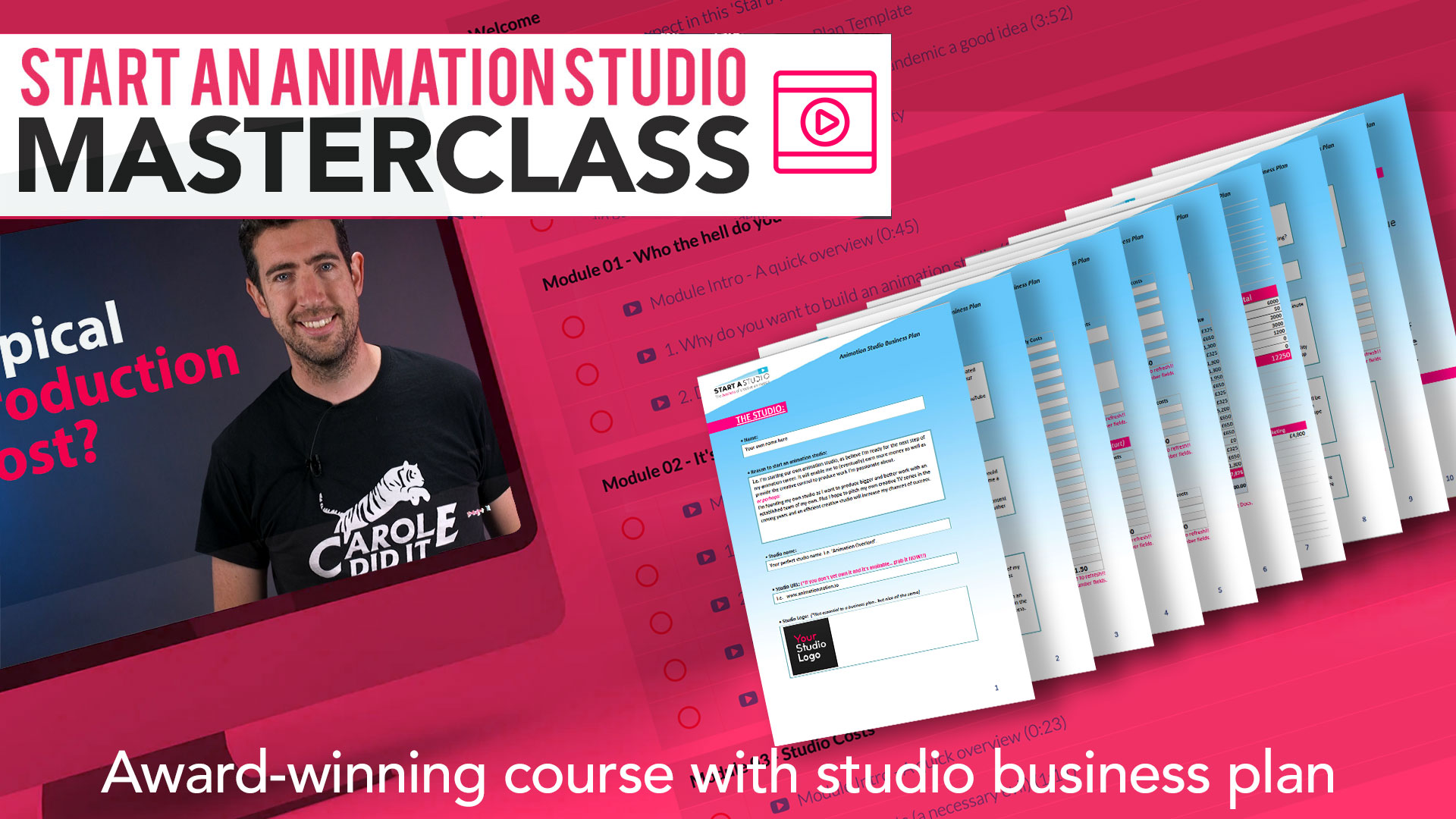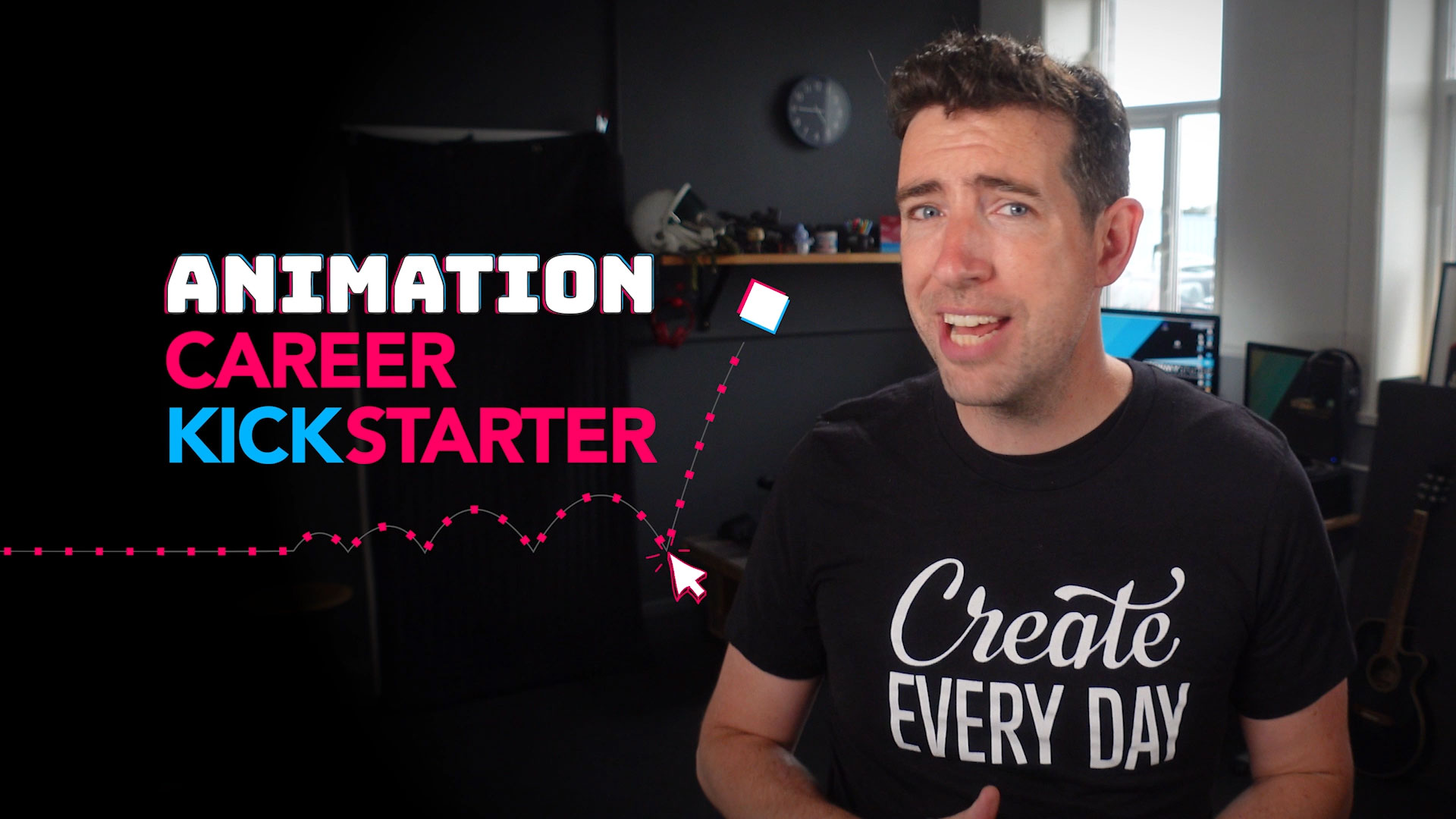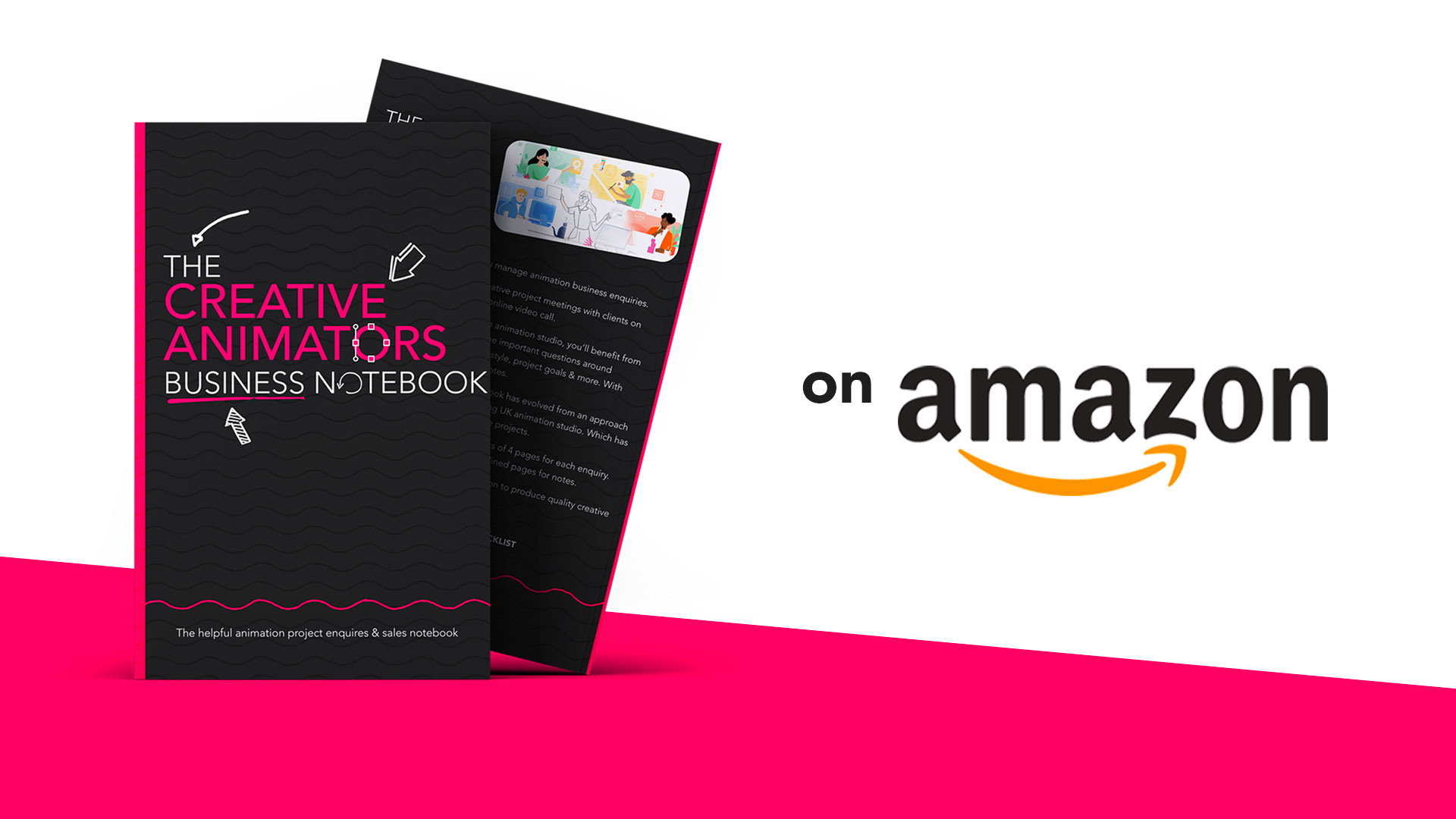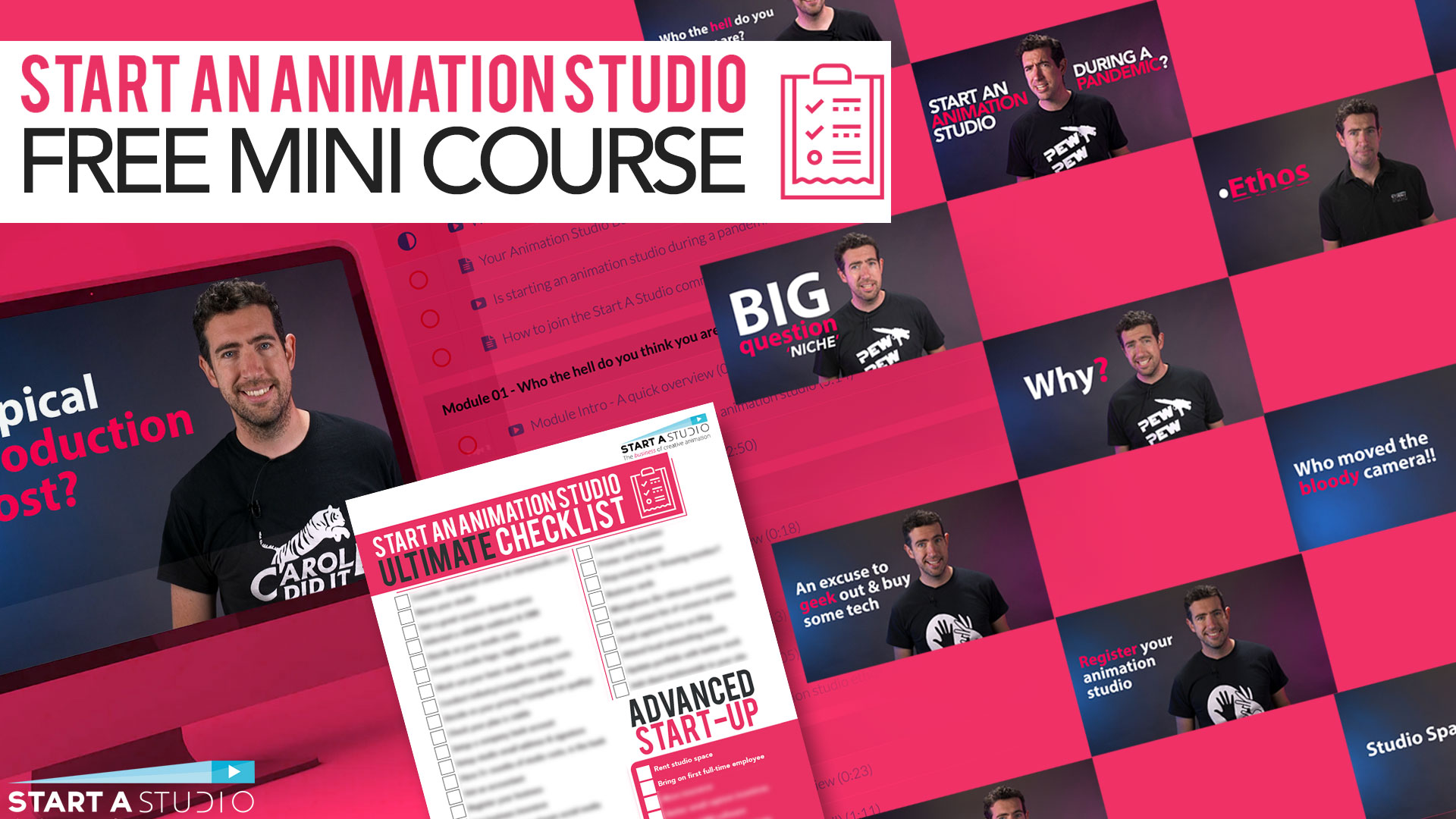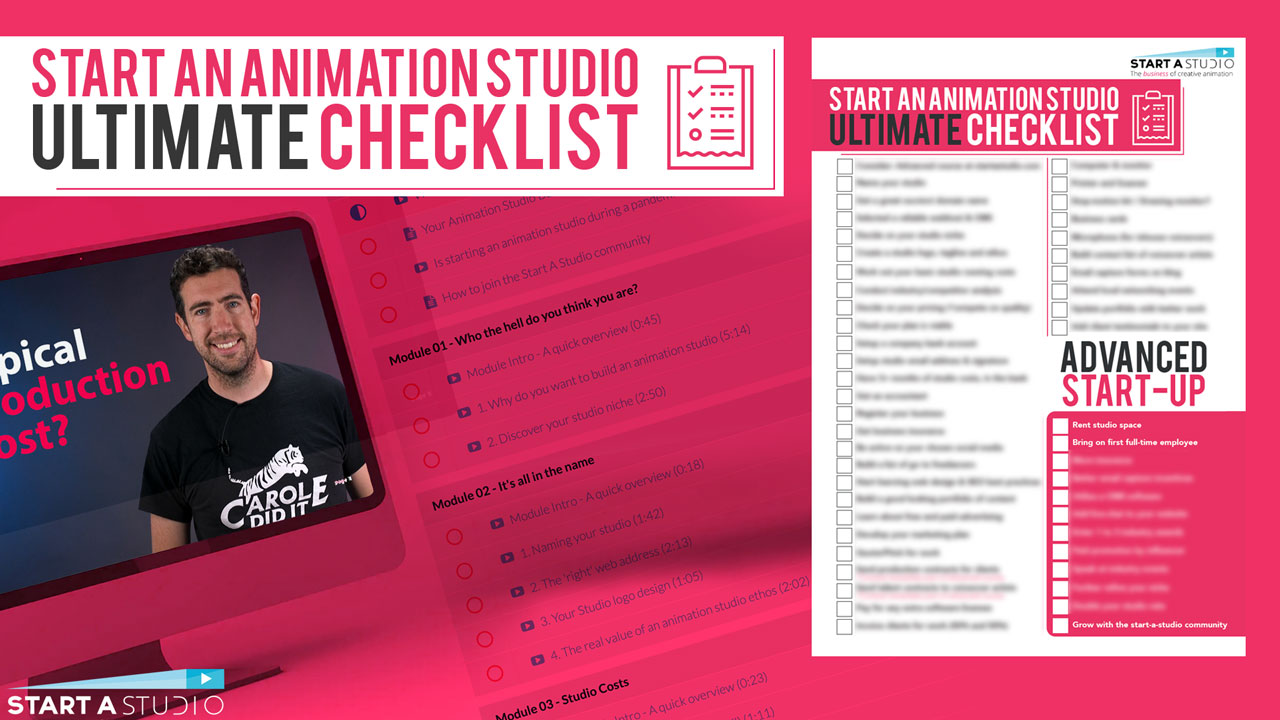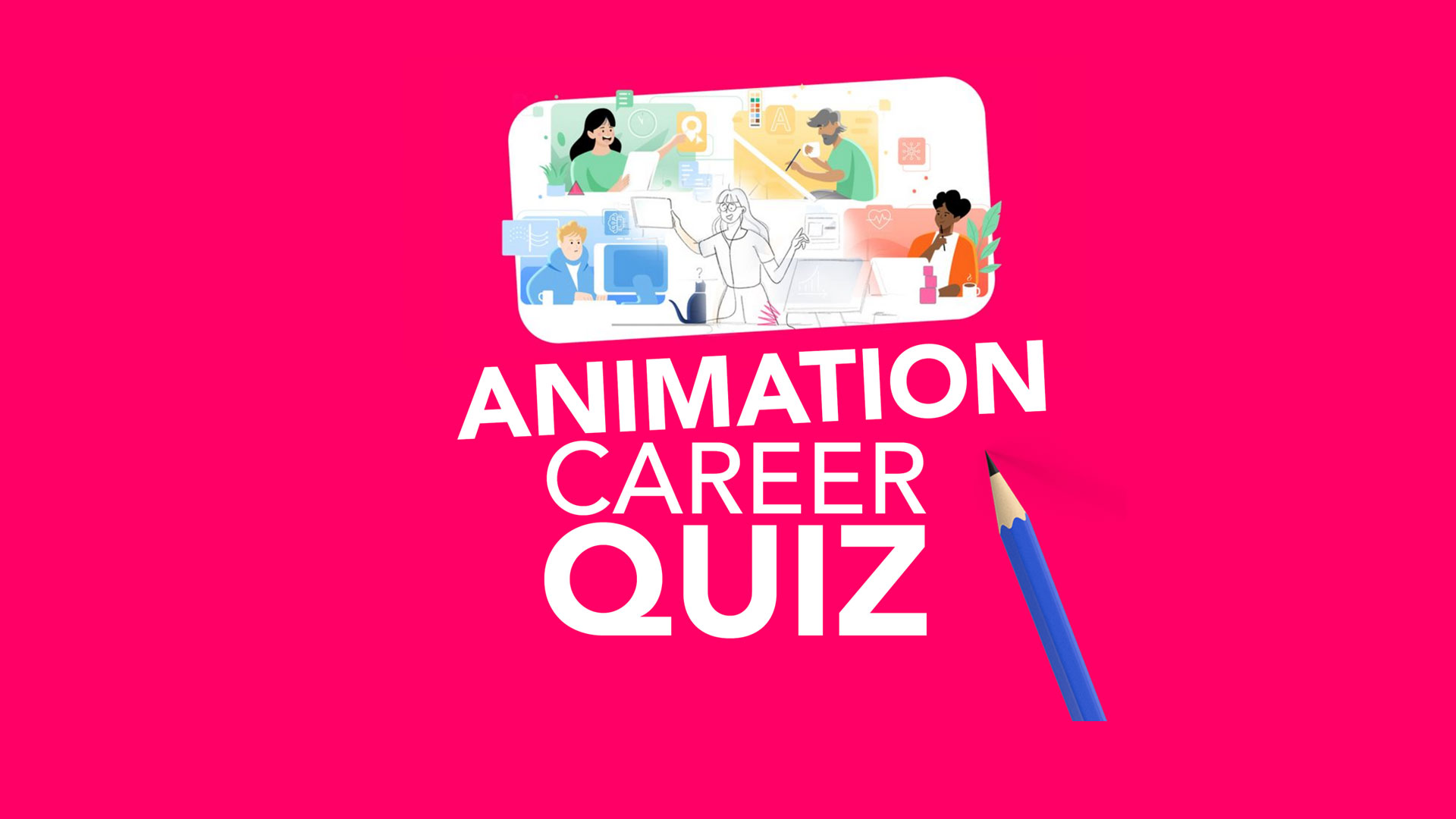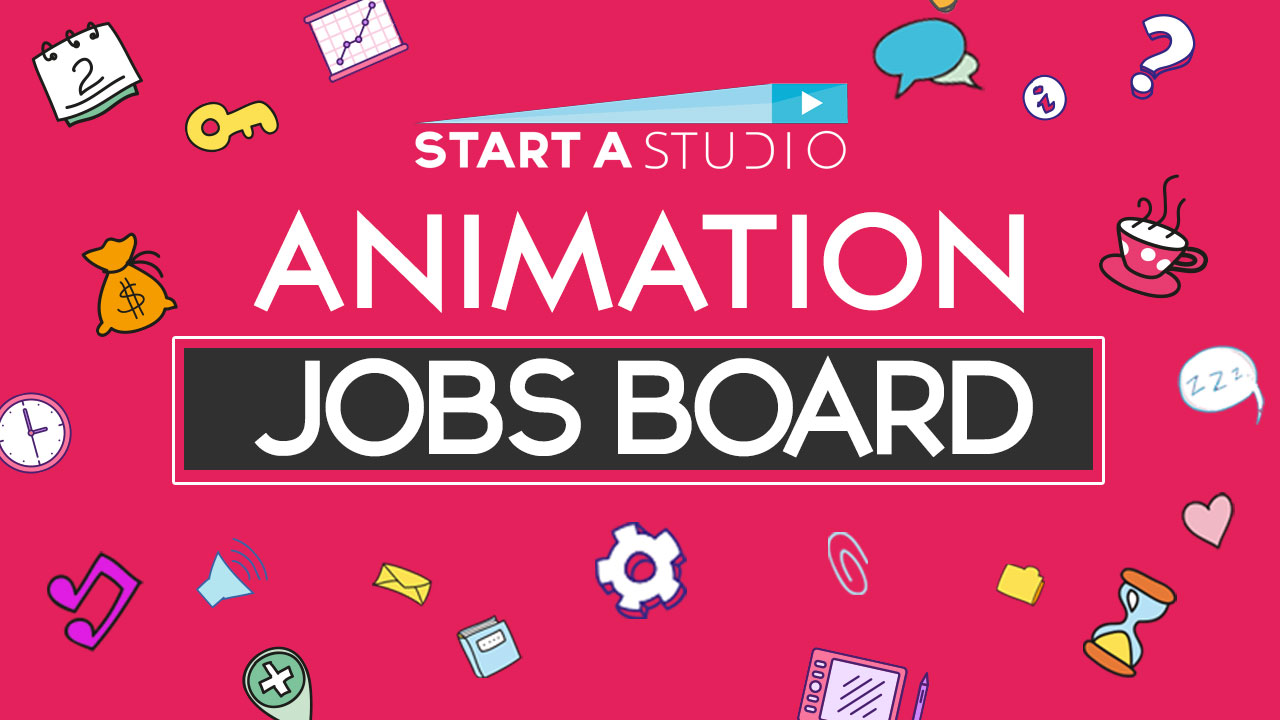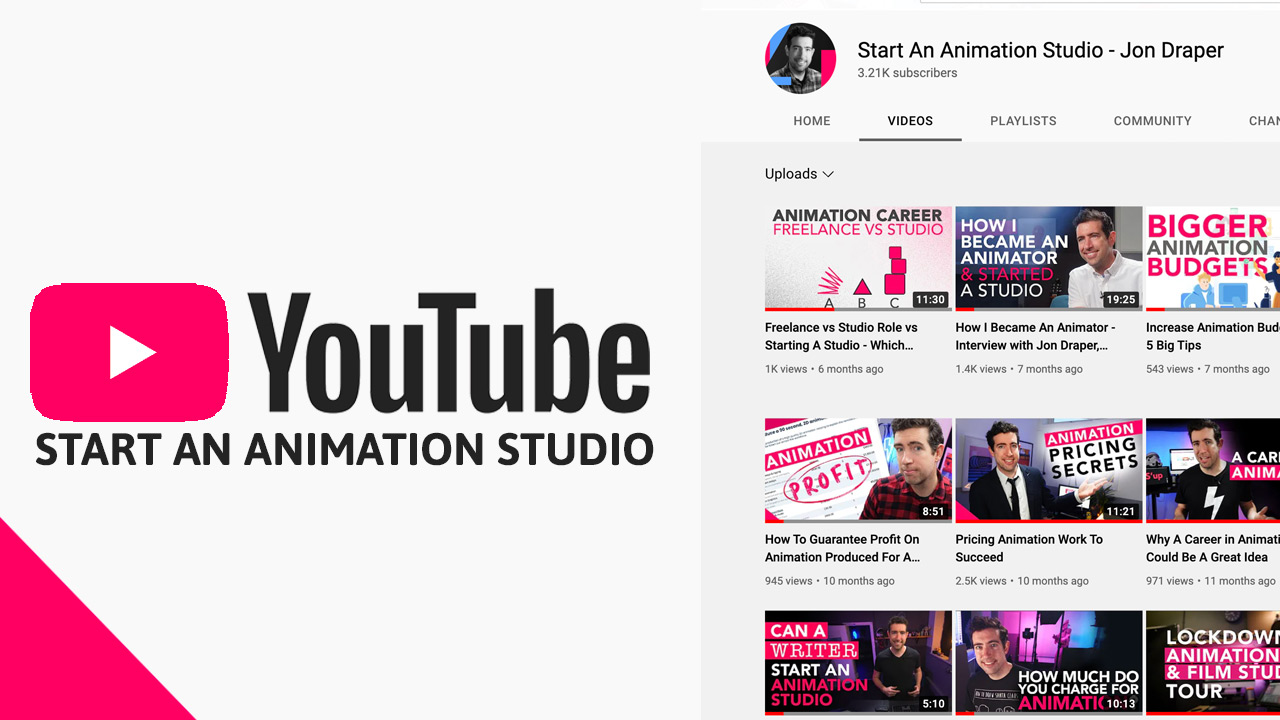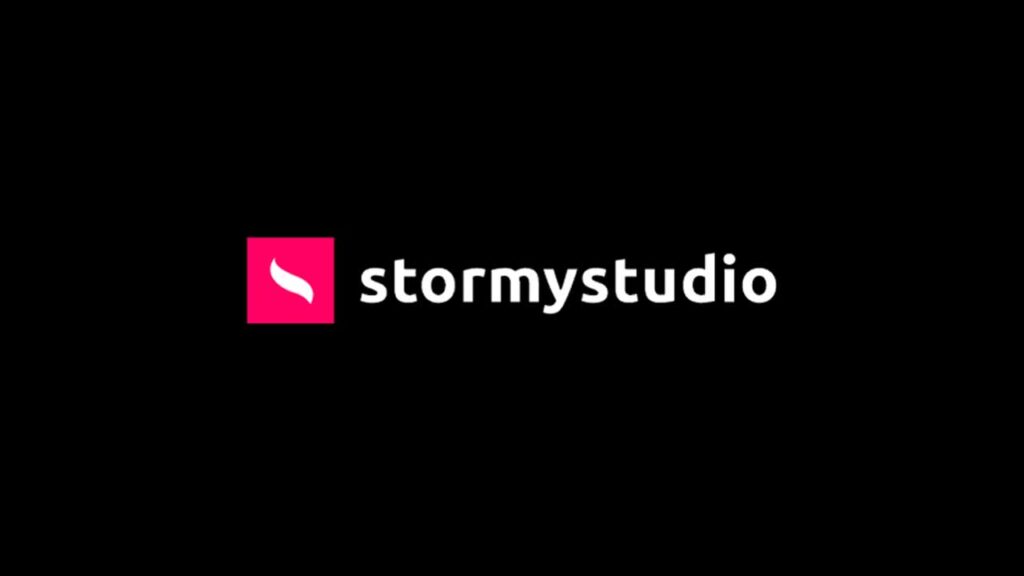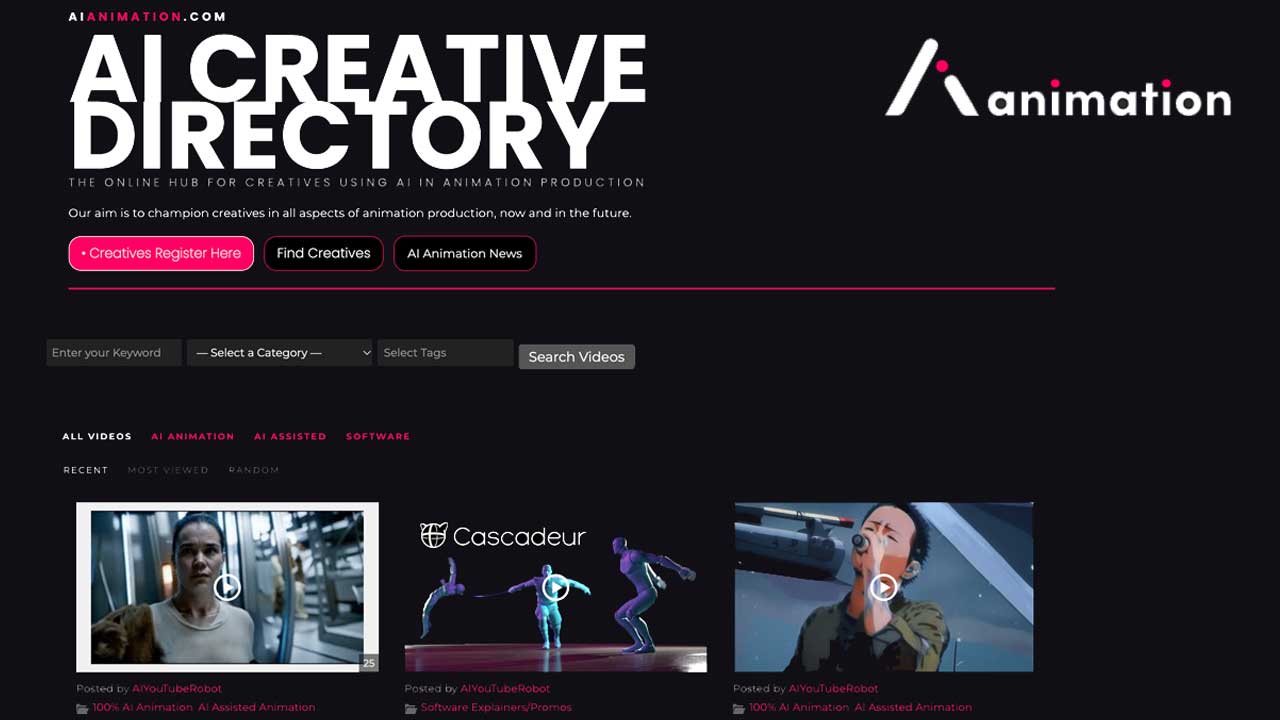Want to create a successful animation portfolio? In this article, we'll show you how to create an animation portfolio that stands out from the crowd.
In the animation industry, your animation portfolio is more important than your CV. Whether you’re applying for a course, a studio or want to impress your clients, your portfolio is key. It should tell your clients exactly what you can offer as an animator. If you’re looking to apply to a studio, it should let recruitment know what you can bring to the team.
An animation portfolio is more than a collection of your work, it’s a crucial part of your marketing strategy. Here’s how to make sure yours stands out...
Your online animation portfolio
2. Look at other animation portfolios

4. No experience? No problem!
Less experienced animators can worry they don’t have enough material for an animation portfolio. If this sounds like you, don’t worry. Instead of waiting to be hired for an animation project, get started on your own. Personal projects build experience and add to your portfolio without clients. When deciding on a personal project, consider what areas of your portfolio need developing. Is there a popular style you want to try? A new program?
Choosing personal projects with future clients in mind is the most efficient way to expand your portfolio.

6. Keep it simple

8. Promote your animation portfolio
Once you’ve created a great-looking animation portfolio, it’s time to spread the news! Link your portfolio on your Instagram, LinkedIn, and in any marketing emails. In addition, promote it on social media, letting your followers know where they can see more of you work. Every time you update your portfolio, let your followers know.

Summary: Creating the perfect animation portfolio
Generally speaking, successful animators have successful animation portfolios. In conclusion, putting effort into your animation portfolio is one of the best ways to further your career. Start with what you have, and watch your portfolio grow!
Interested in an animation career or starting a studio?
Checkout these resources
Share this Post

